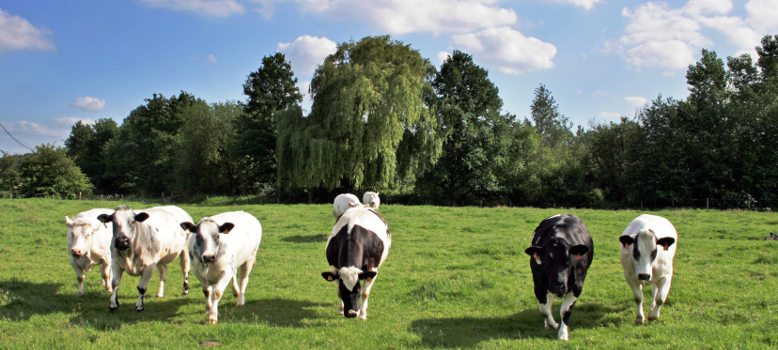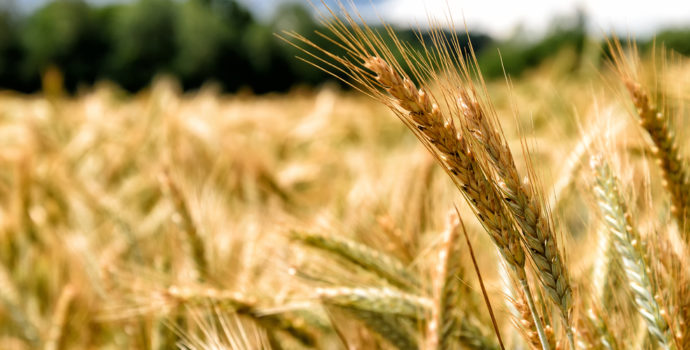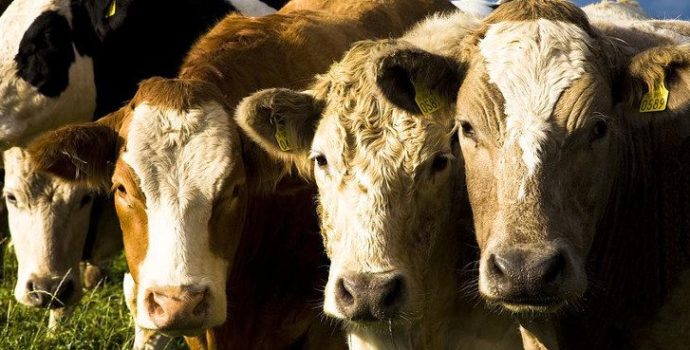IFA to Meet Top Glanbia Management on Milk Pricing Strategy

IFA President Eddie Downey today (Wednesday) said IFA would meet top management of Glanbia Plc and GIIL tomorrow in Kilkenny. The meeting was set up further to an emergency National Dairy Committee meeting held late last week in the wake of extreme September price cuts led by Glanbia. While markets are clearly weakening and some price reductions are inevitable, returns for the month of September did not warrant the massive 2.5 c/l price cut implemented by GIIL, nor the 2 to 3c/l cuts implemented by some other co-ops once Glanbia opened the door. Mr Downey said Glanbia farmers were rightly asking hard questions on some of the GIIL/Glanbia business decisions which may have led to the severe price cut.
“It was clear from last week’s Dairy Committee meeting, and at yesterday’s IFA Dairy Conference, that the decisions made by leading milk purchasers on their September milk price have angered farmers. Glanbia, who were first off the blocks, were heavily criticised for their extreme milk price cut to 30.5c/l incl VAT unwarranted by September returns. While the Glanbia Co-op funded 0.5c/l top up used to offset the cut was acknowledged, concerns were expressed about the lack of transparency in pricing it is creating, as well as major objections to the link to the Milk Supply Agreement. There were also tough questions asked about some of the business decisions which may have led to the extreme cut,” Mr Downey said.
IFA National Dairy Committee Chairman Sean O’Leary added: “Dairy farmers were very disappointed that the Glanbia decision has been used by other milk purchasers to apply higher price cuts than planned, or warranted on September milk. The Irish Dairy Board index for September would have justified a VAT inclusive price of 33.9c/l,” he added.
“What worries farmers most is where milk prices will be next spring. Margin is all important, and costs have risen steadily: last year, Teagasc found that production costs averaged at 27.4c/l, a 47% increase since the year 2000,” he said.
“The price levels at which Glanbia, Kerry and some of the other milk purchasers will enter the winter are simply too close to production costs to allow farmers make the type of investment needed to fill the processing capacity being newly built or upgraded. Co-ops, in conjunction with the IDB, must provide risk management options to help farmers lock in sustainable milk prices and margins, and manage the impact of volatility on their income,” he concluded.




